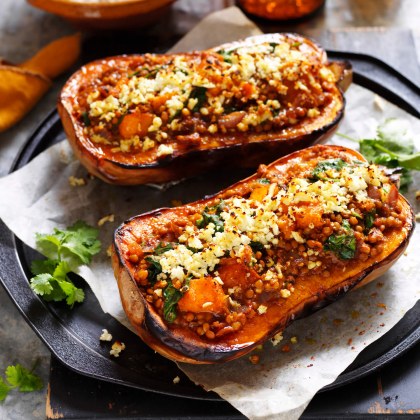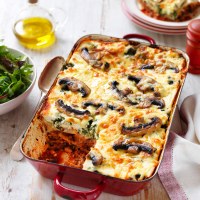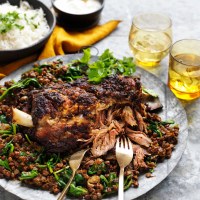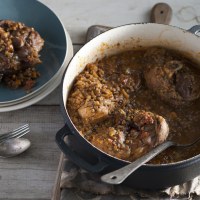How to cook lentils
Lentils are one of those magic ingredients that are likely sitting in your cupboard – having made it into your shopping basket with all the right intentions, but promptly forgotten. That’s ok though. The good news is lentils last a long time, whether they are tinned lentils or dried lentils. And one thing’s for sure, when you remember to use them, you’ll find yourself wondering why you neglected them for so long.
What are lentils?
Lentils are legumes – part of the bean, chickpea, soybean and peanut family and like many legumes they’ve been used in cooking for centuries. While the tinned variety are mostly brown, in the rice and soup mix sections of the supermarket you'll find a range of dried lentils and more legumes to explore with your cooking.
Top tips for cooking with lentils
Do you need to rinse dry lentils before cooking?
It’s not essential to rinse dried lentils before cooking, but often there can be some debris or shrivelled lentils that can be unpleasant to bite into. We recommend rinsing dried lentils using a strainer under cold water. Pick over them to take out any unwanted debris or shrivelled lentils before using in cooking.
Do you rinse canned lentils?
It is not necessary to rinse canned lentils before cooking, but you can rinse them by emptying them into a strainer and under cold water. This can help to remove some of the sodium content from the liquid around the beans. Tinned lentils are already soaked and ready to eat, so do not need to be cooked as long as dried lentils.
Do you need to soak dried lentils?
You can soak dried lentils before cooking to help reduce cooking time by around 25% or more. Lentils are small enough that two to four hours will suffice. Make sure to use a large bowl and add plenty of cold water. As the lentils absorb the water, they will swell and double in size.
Once soaked, drain well using a sieve or colander and rinse with fresh water. You can now cook immediately or refrigerate in an airtight container for up to a week. Rinse refrigerated lentils before using.
What are the different types of lentils?
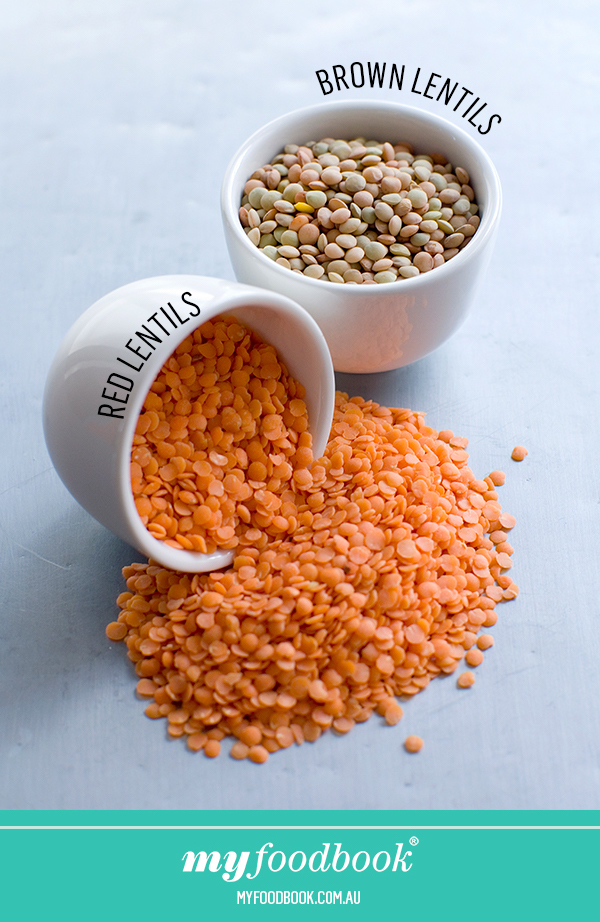
- Brown Lentils
This is the most common and readily available lentil available in Australia. Brown lentils can range in colour from khaki-brown to dark brown/black. Brown lentils are bigger than the other varieties but have the characteristic flattened lens-like shape. Imparting a mild earthy flavour, brown lentils are the “go to” lentil for most types of vegetarian foods. - Red and Yellow Lentils
These varieties of lentils will tend to become slightly mushy as they cook but maintain their vibrant colours, making them perfect to use for thickening soups, stews and curries. Red and yellow lentils have a sweet and nutty flavour which complements a wide variety of aromatics across all types of cuisines.
Neither variety needs soaking, and they will cook in 15-20 minutes making them perfect for a quick week night meal. Their high protein levels also make them a great meat substitute. For best results, always cook lentils in enough liquid to just cover. Simmer gently over low heat. Only season lentils once cooked, using plenty of salt or your favourite herbs. - Green Lentils
Green lentils are also known as French lentils. They cook beautifully, retaining their texture and a rich peppery flavour that complements meat and fish dishes and makes them the star of the show in salads.Green lentils do not need to be soaked and will take about 30 minutes to cook to tender. After rinsing, place in a pan and just cover with water. Bring to a rapid simmer and then reduce to low heat and cook uncovered. Check on the water while cooking to make sure lentils remain just covered with water. - Black Lentils
Often referred to as the beluga lentils for their resemblance to the rich colour and size of caviar. Originally from Canada, they are less common in Australia. These rather small black lentils require no soaking but will require about 30-40 minutes of cooking.Once cooked, black lentils will hold their shape, maintaining the black exterior with a soft creamy interior. Their rich earthy flavours are perfect to serve with white and red meats, soup, pasta and rice.
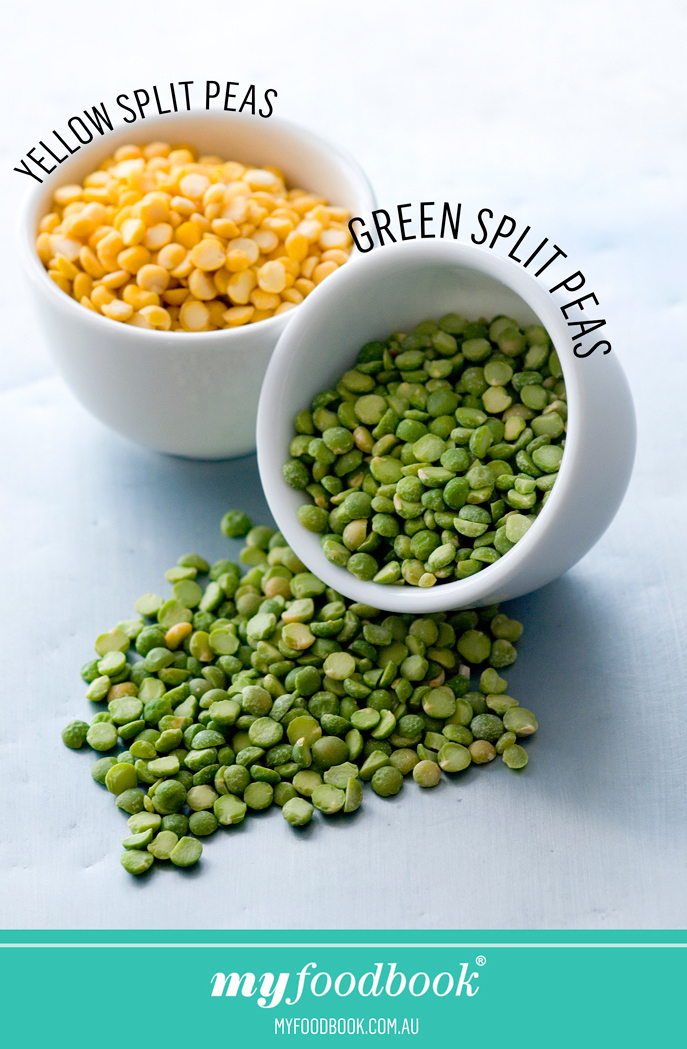
- Split Peas – Yellow and green
Yellow and green split peas are the same, the difference lies in the processing. Split peas are not the same as lentils, though they look similar and can be substituted in most recipes. These peas are hulled and dried which aids in reducing cooking times, and they do not require pre-soaking. Split peas are used throughout the world and found in many traditional dishes of many cultures. Green peas tend to be sweeter and less starchy, while yellow peas tend to have a more earthy flavour.
Now you know all about lentils, why not try them in one the delicious recipes below!
Brown lentils become beautifully rich and tender from slow-cooking in the juices from the lamb shoulder.
GET THE RECIPE: Healthy Lentil and Feta Frittata by Australian Eggs
Quick, easy and healthy, this lentil and feta frittata will become a new favourite weeknight meal.
GET THE RECIPE: Pumpkin and Lentil Rogan Josh Curry by Passage to India
This hearty vegetarian recipe is so filling thanks to protein-rich lentils cooked in a bold rogan josh curry.

